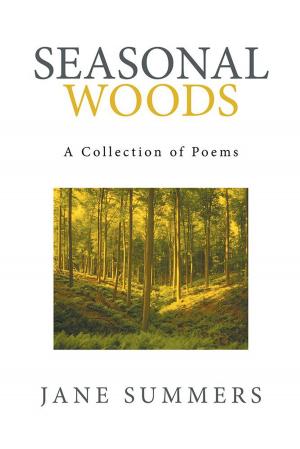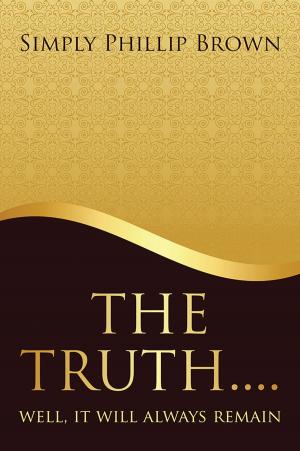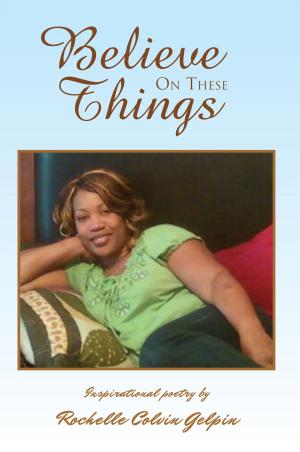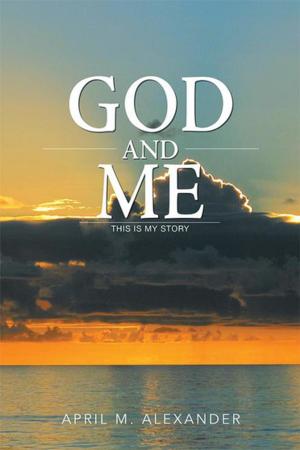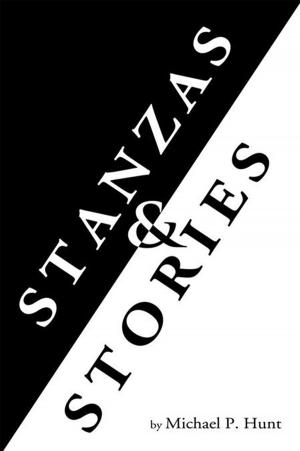| Author: | Roland Trogan | ISBN: | 9781483694740 |
| Publisher: | Xlibris US | Publication: | October 29, 2013 |
| Imprint: | Xlibris US | Language: | English |
| Author: | Roland Trogan |
| ISBN: | 9781483694740 |
| Publisher: | Xlibris US |
| Publication: | October 29, 2013 |
| Imprint: | Xlibris US |
| Language: | English |
In The Circle and the Diamond, the authors disaffection with the shortcomings of music analysis leads to the creation of an original contribution to understanding our Western musical heritage. Composer Roland Trogan explicates Susanne Langers notion that music consists of patterns of sentience by extending the notion of harmonic rhythm (rate of chordal change) to the analytical parameters of texture, dynamics, tempo, tonality and form. Changes in the rates of each parameter create patterns, and these correspond to existential and phenomenological patterns in human experience, ranging from mental and emotional states to biorhythms and the course of life itself. The author also categorizes music according to three temporal estheticscircular/durational, chronological and infinitethat lay behind historical styles, in order to explain how music changes in response to new temporal world-views. Novel perspectives on the compositional use of silence, Arnold Schoenbergs impact on 20th-century music, music notation and the nature of inspiration in music will intrigue composers, academicians and students of music. By virtue of its sociological commentaries and nascent phenomenological descriptions, all readers will find The Circle and the Diamond a trove of stimulating and provocative ideas.
In The Circle and the Diamond, the authors disaffection with the shortcomings of music analysis leads to the creation of an original contribution to understanding our Western musical heritage. Composer Roland Trogan explicates Susanne Langers notion that music consists of patterns of sentience by extending the notion of harmonic rhythm (rate of chordal change) to the analytical parameters of texture, dynamics, tempo, tonality and form. Changes in the rates of each parameter create patterns, and these correspond to existential and phenomenological patterns in human experience, ranging from mental and emotional states to biorhythms and the course of life itself. The author also categorizes music according to three temporal estheticscircular/durational, chronological and infinitethat lay behind historical styles, in order to explain how music changes in response to new temporal world-views. Novel perspectives on the compositional use of silence, Arnold Schoenbergs impact on 20th-century music, music notation and the nature of inspiration in music will intrigue composers, academicians and students of music. By virtue of its sociological commentaries and nascent phenomenological descriptions, all readers will find The Circle and the Diamond a trove of stimulating and provocative ideas.


